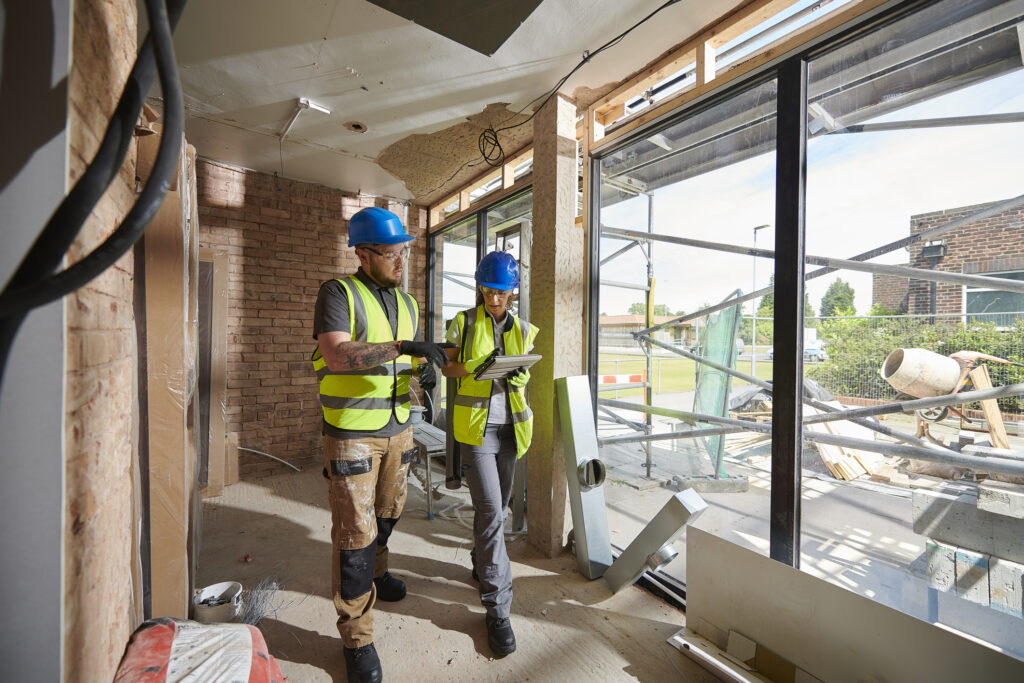Enhancing service delivery for 1.2M+ customers
FortisBC is a natural gas and electricity utility serving over 1.2 million customers across British Columbia (BC). As BC’s largest provider of critical energy services, it delivers renewable energy, natural gas, electricity, and propane to 135 BC communities and 58 First Nations communities.
Highlighted as a key solution to automate real-time fire data updates across BC, FME’s usage spans across operations. Described as an indispensable tool, Ted Norcott, GIS Specialist at FortisBC, emphasized: “In my day-to-day work, I use FME on almost every project I work on…there are endless spatial and non-spatial things that I use it for.”
With the ability to handle and transform extensive volumes of data, automate repetitive tasks, and improve data accuracy, FME plays a key role in FortisBC’s service delivery.
Protecting archaeological sites throughout BC
Properly identifying the boundaries of archaeological and heritage sites is an essential means of respecting protected spaces located across FortisBC’s operating footprint. Every month, data from nearly 30,000 archaeological sites is delivered to FortisBC. As evidence of archaeological activity is documented, datasets are updated to represent protected regions in FortisBC’s service area.
To facilitate the identification of new features within submitted datasets, records from current and prior months’ deliveries are re-digitized and compared monthly. This process would be unattainable to complete manually, but is made possible with FME.
Using FME’s ChangeDetector transformer, archaeological datasets are compared to quickly detect newly-recorded features. By comparing previous month’s deliveries to the latest data, the team is able to pinpoint updates between the sets of input features. Rather than reloading an entire dataset, a handful of specific changes are identified, making the process more time efficient.
These records help FortisBC protect archaeological and heritage sites. The data informs FortisBC field crew and planners with the knowledge of where excavation and activity are prohibited without involvement of a licensed Archaeologist working on behalf of the provincial government.
Enforcing safe excavation with up-to-date infrastructure maps
FortisBC’s Call Before You Dig (BC 1 Call) program helps homeowners and contractors locate underground utilities before excavation begins.
To maintain accurate pipeline maps for distribution, FME compares and updates BC 1 Call boundaries every three months. When new pipe extensions are added, areas extending beyond previously established boundaries are automatically flagged. These sections are merged with existing areas using FME. Representing FortisBC’s up-to-date underground infrastructure, the revised boundaries are returned to the BC 1 Call Service.
When individuals and crews request the location of underground utility lines, BC 1 Call shares packaged maps containing accurate representations of gas lines on properties and job sites. The result is more reliable underground infrastructure maps that help prevent costly damage and service disruption, saving upwards of over 60% in damage incidents, by some estimates.
Updating parcel maps with FME Flow
Considered the point of truth for graphical representation of property boundaries across BC, FortisBC uses FME for conflation with Parcel Map BC. Without FME, updating parcel maps would be a highly manual and time-intensive process, requiring a PDF to be manually aligned to match a proposed land base. When achieved, each parcel line would need to be manually digitized, taking upwards of 1-2 days depending on the complexity of the subdivision.
With FME Flow, key steps in updating parcel maps are automated. Now, the land base is downloaded from the AutoCAD source, retrieved by an automation within Smallworld. With the click of a button, the land base is downloaded in as little as 30 seconds.
Clean, validated files that are ready to import are uploaded into Smallworld using FME Form. The benefits of this process are two-fold: not only do teams save days of work updating parcel maps, but the output is more accurate, eliminating the need to manually work over existing drawings.
Empowering teams through Automations
FME Automations has been the answer to resolving repetitive tasks. After receiving an abundance of requests to transform XML files into shapefiles, Ted developed an automated workflow that allows team members to automatically receive XML files in their desired formats, whether a KMZ, shapefile, or CSV file.
“Any time I start getting the same request over and over then I say, ‘Ok, we need to automate this…’ [FME Flow] is really powerful.” -Ted Norcott
Similarly, when legacy software used for reading distribution pipe was deprecated, Ted needed to find a way to transform data into shapefile format so it was compatible with new software. For years, data across 50 geographical areas were run for FortisBC’s System Planning Group, contributing to a lengthy two-month-long process.
With Ted juggling multiple high-priority project tasks, team members on the Systems Planning Group waited months to receive their data and resources were diverted from other projects. Identifying an opportunity to improve this repetitive task, Ted turned to FME Flow.
Now, the Systems Planning Group has become self-sufficient and is able to run transformations on demand. This change has eliminated a two-months long process, freeing up resources and improving data accessibility by empowering the team to refresh and access data whenever needed.
A smarter future for energy and land use
FME is helping FortisBC work more efficiently and accurately, turning what would take days and months into streamlined, repeatable workflows. The FME platform plays a vital role in the team’s operations and has become integral to safeguarding critical infrastructure, documenting protected regions, and maintaining up-to-date records for over 1.2 million customers across BC.




